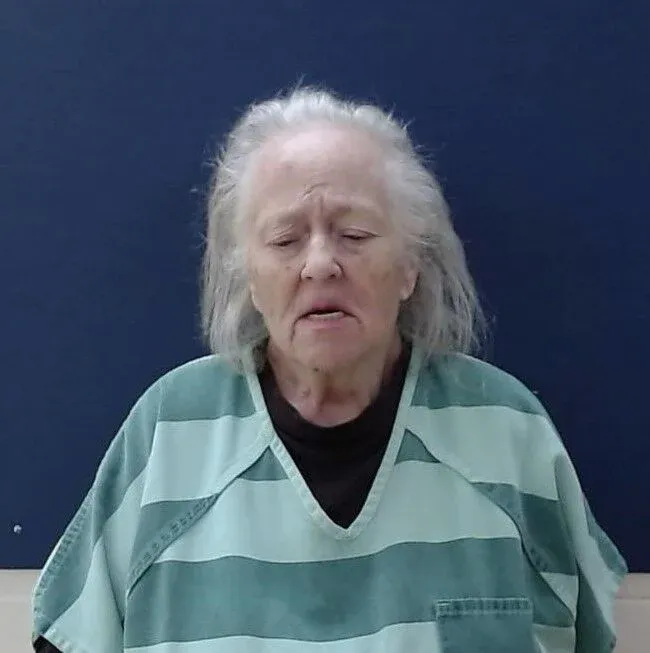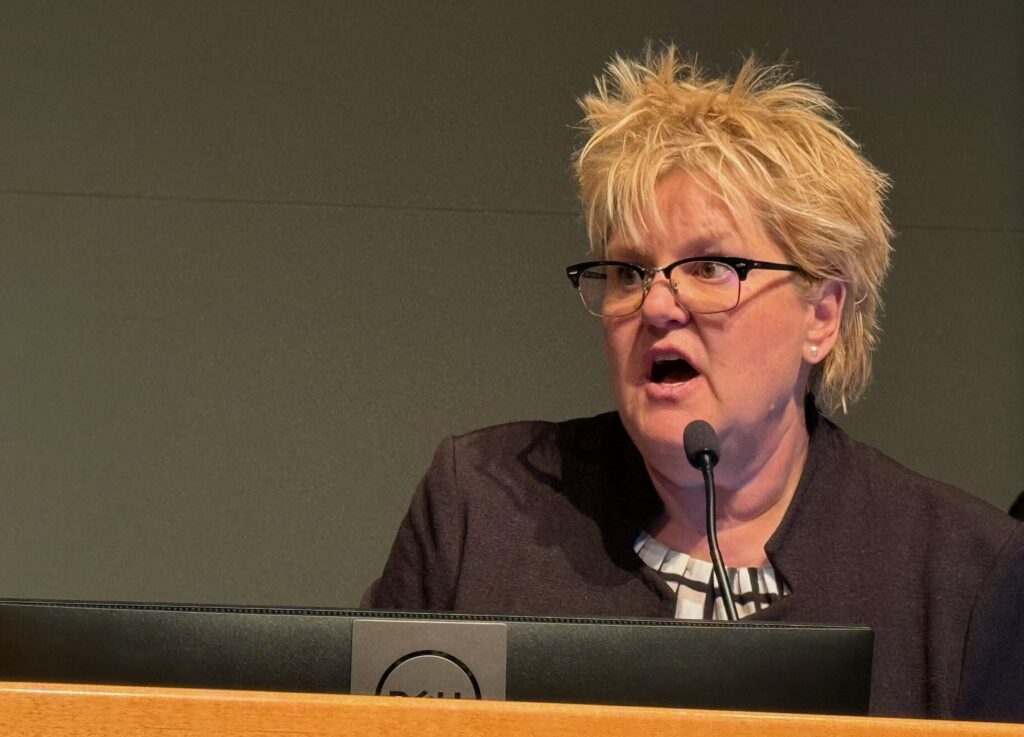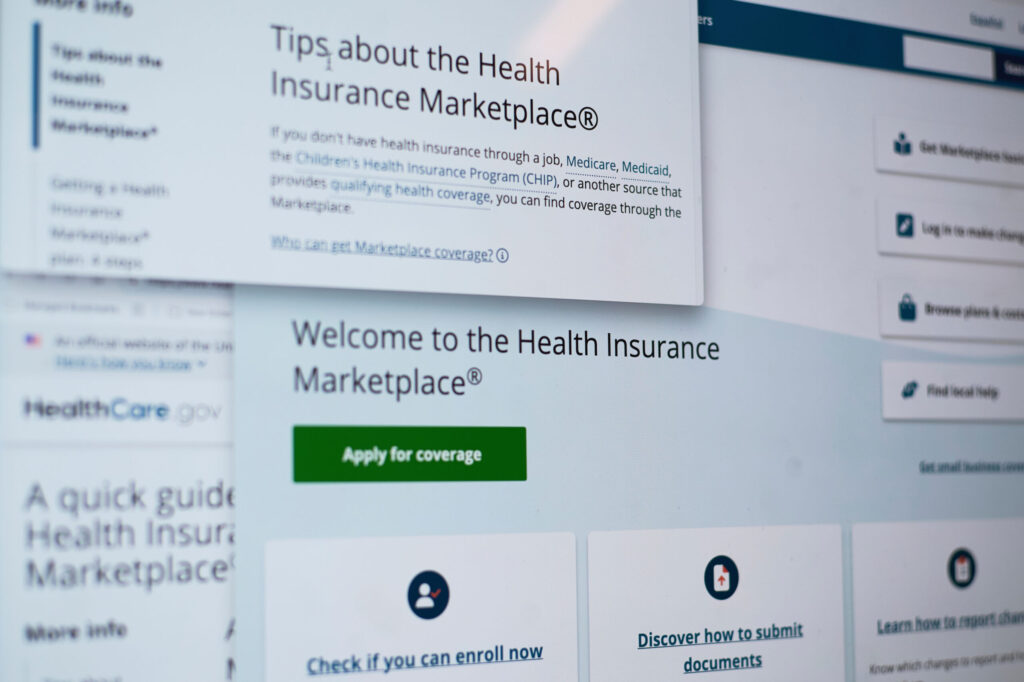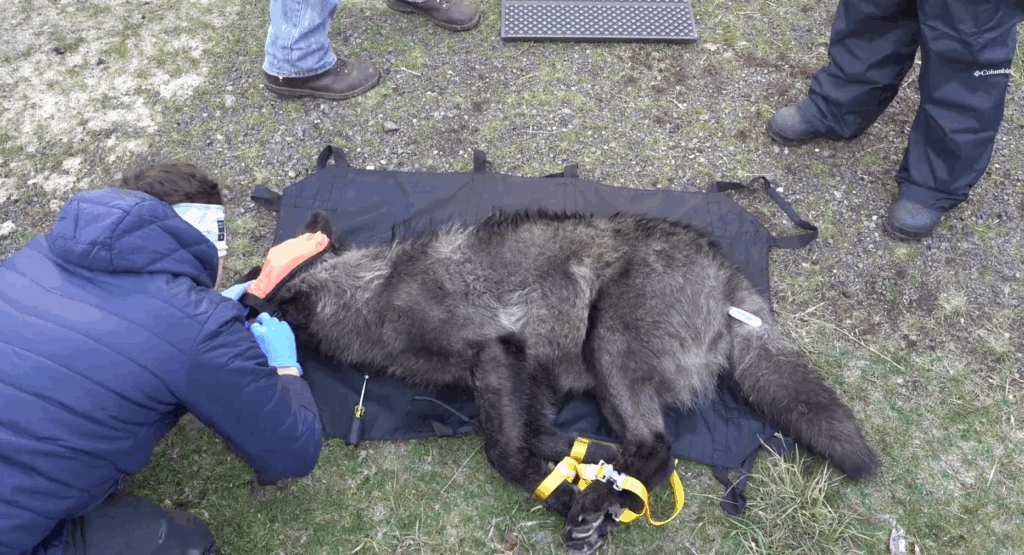Colorado aligns with loosened federal isolation guidance as omicron dominates COVID-19 spread
Nearly every recent case of COVID-19 in Colorado has been caused by the new omicron variant, data indicates, and the state is bracing for its largest testing demand since the pandemic began.
More than 91% of all COVID-19 cases identified last week were a result of the omicron variant, state data shows. While it was expected to eventually become the dominant strain statewide, omicron’s rise has been remarkably fast: It was first identified in Colorado on Dec. 2. Within three weeks, its presence has jumped from just 1.33% of cases to nearly all of them. It took the delta variant, responsible for most cases over the latter half of 2021, roughly three months to achieve a similar level of control.
The spread, which is driving positivity rates in excess of 20 and 30% in some resort communities, is leading to a surge of testing. The state is testing 11,000 people on average every day, a spokesman for the state Department of Public Health and Environment said, and the peak during the holidays has been more than 20,000 per day.
“We expect this week to become our busiest testing week of the pandemic,” the spokesman said. “Prior to this week, the state’s busiest testing week was Nov. 11-19, 2020, when we completed 117,000 tests across all community testing sites.”
The turnaround time for test results from the state lab is one to two days, said Eric France, the state’s chief medical officer. It’ll likely become two to three days because of holiday closures.
France, who spoke at a Wednesday afternoon news conference with Gov. Jared Polis, praised recent federal guidance loosening isolation recommendations for people who test positive for the virus. Under the new Centers for Disease Control and Prevention guidelines, people need only isolate for five days after they test positive or begin feeling sick. After that period, they could return to work while wearing a mask for five more days, so long as their symptoms have resolved.
France said he was pleased with the change, which is reflective of omicron’s shorter incubation period, meaning its symptoms appear more rapidly and viral shedding ends sooner. He couched it both as a way to update guidance alongside changes in the virus and as a way to keep the workforce stable. Because of omicron’s rapid spread and ability to evade vaccine and prior immunity, staff shortages have begun to hammer industries across the country.
But some scientists and researchers have expressed alarm about the change, particularly that the guidelines allow people to leave isolation without testing.
“It’s frankly reckless to proceed like this,” said Dr. Eric Topol, founder and director of the Scripps Research Translational Institute. “Using a rapid test or some type of test to validate that the person isn’t infectious is vital.”
“There’s no evidence, no data to support this,” he added.
Nationally, breakthrough cases have been particularly concerning among health care workers. In late 2020, infections among staff were a larger concern than bed space in Colorado. Their ranks have already been thinned by burnout and exhaustion. With omicron’s immunity-evading ability and near-total control over spread, fears have again been raised about what this latest wave will do to the hospital system.
Cara Welch, spokeswoman for the Colorado Hospital Association, said Tuesday that potential breakthrough infections among staff were a significant concern. At Vail Health, where several staff at the local hospital had to isolate before Christmas, the state sent 14 providers to supplement those loses. Eleven more are being sent to Aspen Hospital next week.
In all, the state’s hospital staffing hub is providing 425 staff members to eight Colorado hospitals, the health department spokesman said. “Multiple surge testing and vaccine teams” have also been sent from the state to local communities and hospitals.
COVID-19 hospitalizations declined throughout much of December, giving hospitals some breathing room heading into this next omicron wave while avoiding the feared collapse of the state health system. But the systems remain flooded with patients of all types, and staffing shortages – even before omicron begins to infect providers – were limiting bed space.
France said Wednesday that the situation can change for hospitals within 48 hours, given omicron’s rapid rate of spread. He said hospital leaders had told the state they were preparing for the wave and what they were dealing with so far has been “manageable.”
The Associated Press contributed to this report.
Clarification: This story has been updated to make clear that loosened isolation guidance applies to individuals for whom symptoms have resolved within five days.












